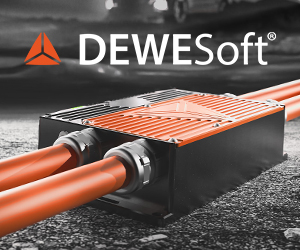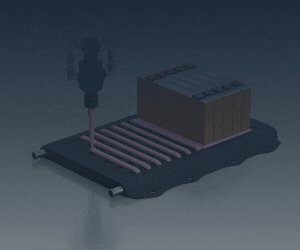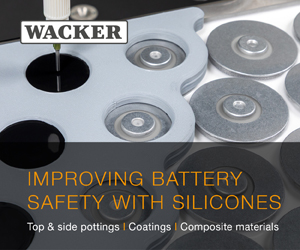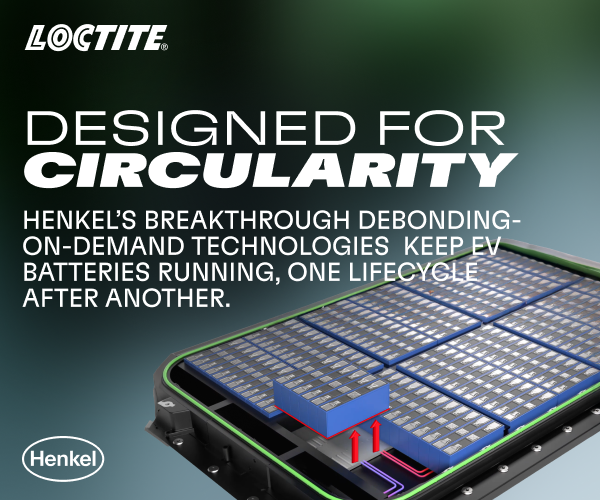Ferrari Elettrica signals bold leap in electric supercar performance and innovation
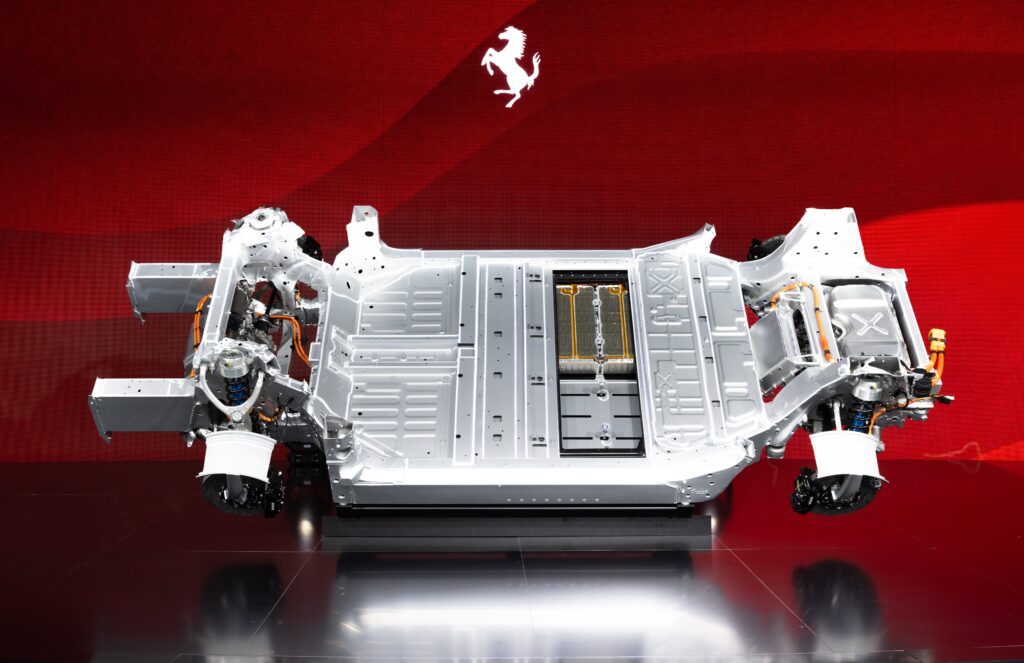
(All images courtesy of Ferrari)
Ferrari’s Elettrica marks a technical and cultural milestone for the brand, its first fully electric model after years of hybrid experimentation and Formula 1 tech development. The chassis follows a traditional mid/rear-engined berlinetta setup, yet adapts for the unique demands of electrification: placing 85% of the battery mass along the floor between the axles to drop the center of gravity by 80 mm versus combustion versions. This thoughtfully addresses the common EV challenge of weight and dynamic balance, yielding a car reportedly lighter and more agile than many competitors despite the battery’s heft.
The automotive values Ferrari is known for – driver connection, precision, and engagement – appear fully intact but expressed through an electric lens. The twin electric axles each house two synchronous permanent magnet motors boasting motorsports-derived Halbach array rotors, a nod to F1 heritage tailored for production scale. The power delivery is impressive yet delicately controlled; the front axle motors disconnect in economy mode, while the rear-wheel-drive bias respects efficiency without sacrificing occasional all-wheel traction.
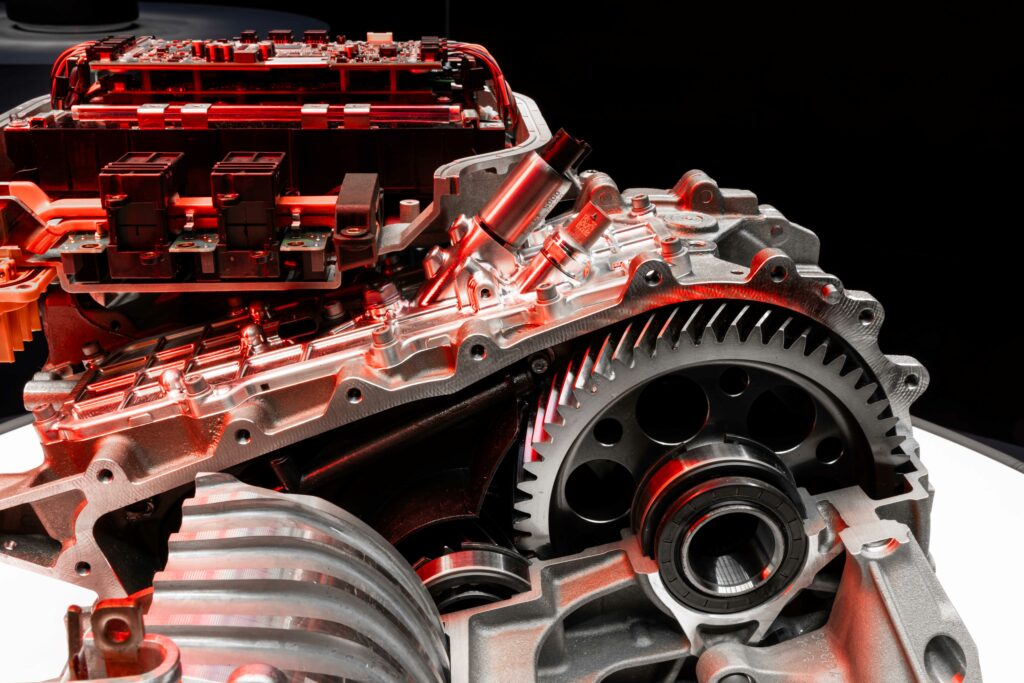
Ferrari also rewrote their chassis rules with a novel separate rear subframe optimized to isolate harshness and vibrations without dulling driver feel, paired with a sophisticated 48 V active suspension system that manages forces independently at each wheel. This approach speaks to Ferrari’s refusal to compromise on ride quality or driving dynamics, even while wrestling with the engineering complexities of a large 122 kWh battery pack integrated structurally into the car.
The battery itself stands out not just for its impressive 195 Wh/kg energy density but also for the way it’s engineered as a structural element, reducing weight and improving chassis stiffness with crash zones and active cooling seamlessly integrated throughout three liquid-cooled plates that ensure uniform thermal management across the pack. Utilizing an 800 V architecture, it supports fast charging at rates up to 350 kW. The battery management system developed in Maranello safeguards safety and performance, with rapid fuse cut-offs reacting within 3 milliseconds to prevent overload.
Electric motors spin up to 30,000 rpm at the front and 25,500 rpm at the rear, delivering peak axle powers of 210 kW and 620 kW respectively, with power densities of 3.23 kW/kg and 4.80 kW/kg – elite figures ensuring both efficiency and responsiveness. Inverters built with silicon carbide modules switch frequencies between 10 and 42 kHz, actively balancing noise, efficiency, and heat, employing a toggling strategy on the rear inverter to optimize power use while maintaining instant torque response.
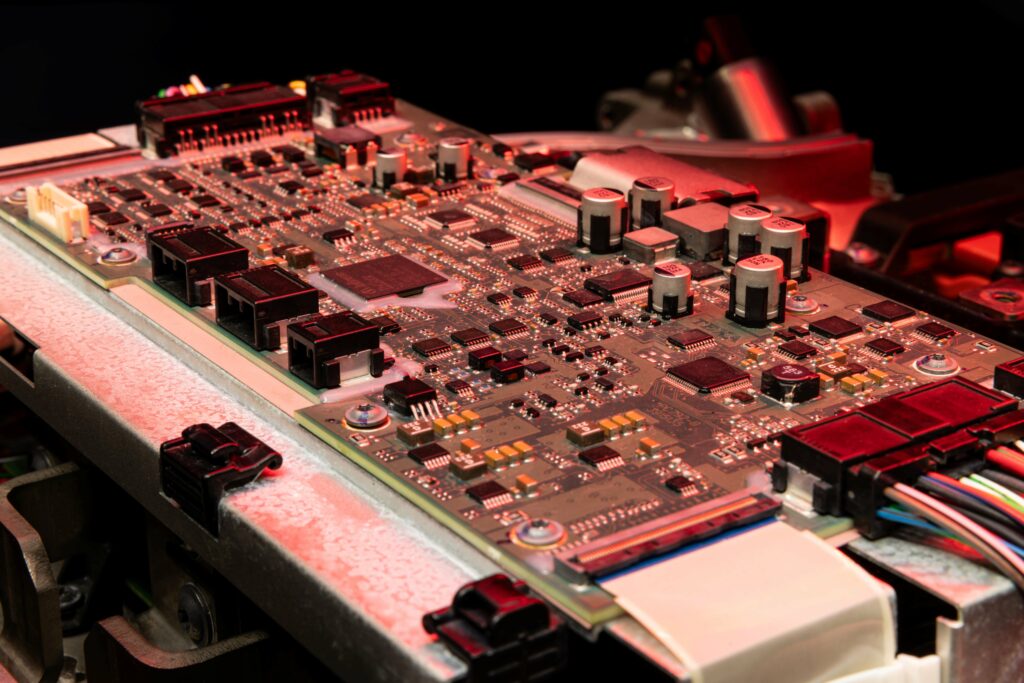
In keeping with Ferrari’s focus on the driving experience, the sound generated by the Elettrica is genuine – not a synthetic engine noise mimic – but an amplified representation of mechanical vibrations within the powertrain, producing an authentic “voice” that is silent in cruising and expressive under acceleration. Drivers can also tailor torque delivery and regenerative braking feel via paddles on the steering wheel, making the electric powertrain engaging and tunable.
Performance figures underline Ferrari’s intent: 0-100 km/h in 2.5 seconds, a top speed of 310 km/h, and a practical range exceeding 530 km. Despite a curb weight near 2,300 kg, the carefully engineered low center of gravity and 47/53 front-rear weight split preserve the nimble, connected handling Ferrari is famous for.
Ultimately, the Elettrica is a sophisticated fusion of Ferrari’s racing heritage, engineering boldness, and future-focused technology – a full electric supercar that embodies the brand’s relentless pursuit of precision and performance, even if it doesn’t chase raw speed records in the way some rivals do. It signals Ferrari adapting to electric mobility with respect for its roots and unwavering commitment to driver engagement.
Click here to read the latest issue of E-Mobility Engineering.
ONLINE PARTNERS
















